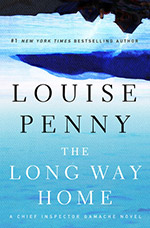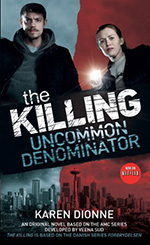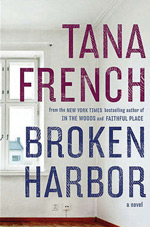Barbara Fradkin: Do or Die
 Barbara Fradkin is well known in Canada, and deservedly so. Her Inspector Green series, of which this novel is the first entry, are solid police procedurals with the charming Inspector Green using that favorite device of mystery readers everywhere: deductive reasoning. And as most mystery readers prefer to read a series in order, I’m reviewing the first in Fradkin’s series though she has now written ten novels in the series, the most recent being None So Blind.
Barbara Fradkin is well known in Canada, and deservedly so. Her Inspector Green series, of which this novel is the first entry, are solid police procedurals with the charming Inspector Green using that favorite device of mystery readers everywhere: deductive reasoning. And as most mystery readers prefer to read a series in order, I’m reviewing the first in Fradkin’s series though she has now written ten novels in the series, the most recent being None So Blind.
I loved the set up of this first novel and I really loved the way the book and the characters who inhabit it hit the ground running. They obviously had a life going before we hit the scene, and it’s a sure sign of a writer able to create fully dimensional, realized characters. As I was reading I was sometimes curious about events in Inspector Green’s past but Fradkin presents him as he exists in his present reality. As it is with getting to know an actual human being, meeting Green is like getting to know someone you may become friends with later.





